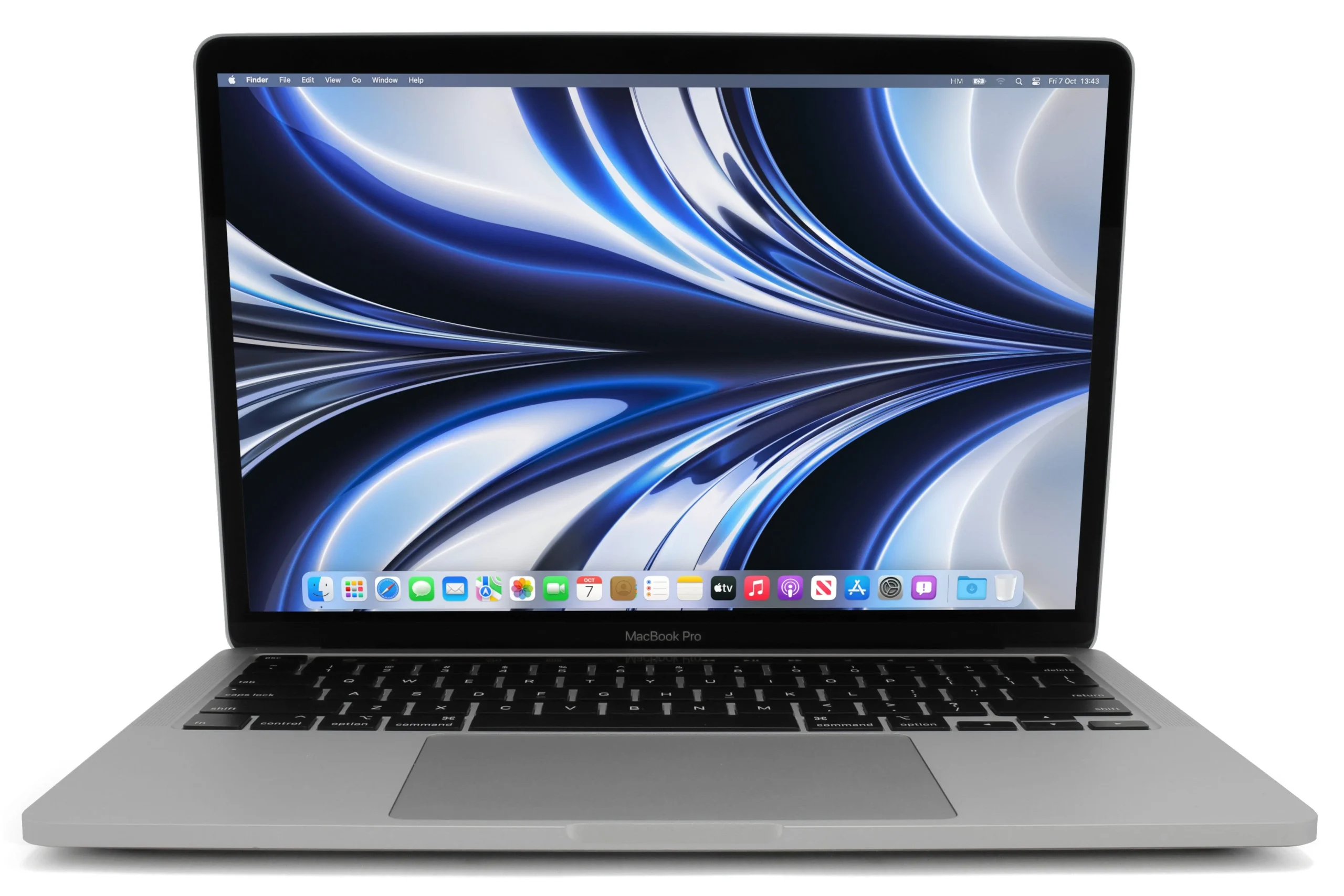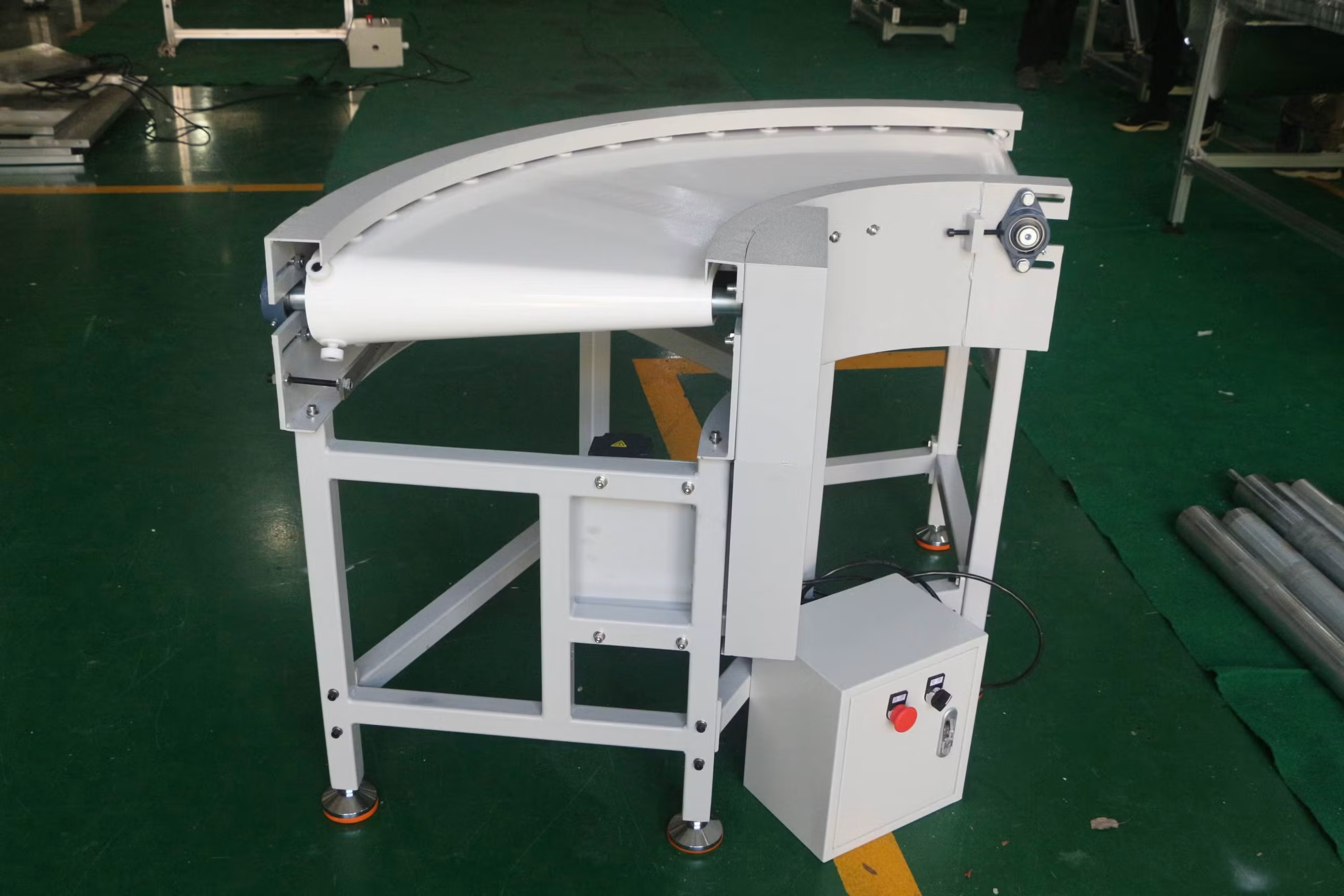Introduction to Screenshots on Macbook
For every beginner entering the Apple ecosystem, one of the first things they want to learn is how to screesnshot on Macbook. Whether you’re saving a work presentation, capturing a funny moment from a video, or storing an important online receipt, understanding how to screesnshot on Macbook is an essential skill. Many people think that figuring out how to screesnshot on Macbook is complicated, but it’s actually simple and built right into the operating system. If you have just bought your first Mac and are still asking yourself how to screesnshot on Macbook, this guide will break it all down step by step. The more you use the shortcuts, the easier it becomes to remember how to screesnshot on Macbook, and soon it will feel natural. Whether you want the whole screen, part of it, or a specific window, knowing how to screesnshot on Macbook will make your digital life much more efficient. Once you’ve mastered the techniques, you’ll never again ask how to screesnshot on Macbook because it will become second nature, and this article is designed to make sure you fully understand how to screesnshot on Macbook in the simplest way possible.
Full Screen Screenshots on Macbook
The first and most common method to learn when figuring out how to screesnshot on Macbook is capturing the entire screen. This is useful if you want to save everything displayed on your monitor. To do this, press Command + Shift + 3, and instantly the system saves the image. Once you practice this, you will always remember how to screesnshot on Macbook for full screen captures. Beginners often start here because it’s the easiest combination, and once you’ve done it a few times, you’ll never forget how to screesnshot on Macbook this way.
Capturing a Specific Portion of the Screen
Sometimes, knowing how to screesnshot on Macbook means you only want part of the display. Maybe you want to save a single image from a webpage or highlight a section of a report. For this, press Command + Shift + 4 and then drag the cursor to select the area. The image will be saved directly to your desktop. This method is highly flexible, and once you get the hang of it, you’ll rely on it regularly. Many users say that mastering this step is when they truly understood how to screesnshot on Macbook and began using screenshots more often.
Capturing a Specific Window
Another important step in learning how to screesnshot on Macbook is taking a shot of just one window. Press Command + Shift + 4, then press the Spacebar, and click the window you want. This makes the screenshot clean and focused. Once you do this a few times, you’ll feel more confident about how to screesnshot on Macbook and will save yourself from cropping unnecessary parts of the screen later.
Advanced Screenshot Toolbar
Apple also provides a more advanced option to understand how to screesnshot on Macbook. By pressing Command + Shift + 5, a toolbar appears at the bottom of the screen. From here, you can choose to capture the full screen, a selected window, or a custom portion. It even allows screen recording, which makes knowing how to screesnshot on Macbook more powerful. This option is perfect for beginners who prefer visual tools rather than memorizing shortcuts. Exploring this feature is a great way to fully master how to screesnshot on Macbook in different scenarios.
Where Screenshots Are Saved
After you learn how to screesnshot on Macbook, the next question is where those files go. By default, every screenshot is saved to the desktop with the name “Screenshot” and the date and time. Once you’re comfortable with how to screesnshot on Macbook, you can even change the save location. Using the toolbar options, you can direct screenshots to folders like Documents or Clipboard. This makes organizing your captures much easier once you know how to screesnshot on Macbook effectively.
Editing Screenshots Quickly
Part of mastering how to screesnshot on Macbook is learning to edit screenshots without extra software. After you capture, a small thumbnail appears in the corner of your screen. Clicking it opens editing tools where you can crop, annotate, or add highlights. This built-in function makes how to screesnshot on Macbook even more useful because you can prepare images instantly for presentations, reports, or sharing online. With these tools, you don’t just capture images—you refine them, making the process of how to screesnshot on Macbook practical and professional.
Practical Uses for Screenshots
Knowing how to screesnshot on Macbook is beneficial in many situations. Students can save lecture slides, notes, or exam schedules. Professionals use it for presentations, software guides, or saving financial information. Everyday users rely on it for storing online receipts, travel tickets, or even recipes. Once you realize how many areas of life are simplified by knowing how to screesnshot on Macbook, you’ll appreciate just how important this feature is. Screenshots help cut down on writing explanations and allow you to communicate visually.
Tips for Beginners
For new users still learning how to screesnshot on Macbook, the best advice is to practice each shortcut several times. Write them down or save them until you’ve memorized them. Organize your screenshots into folders to avoid clutter, and don’t forget the editing tools that appear after each capture. These small habits make the process of how to screesnshot on Macbook smooth and efficient.
Conclusion
In the end, learning how to screesnshot on Macbook is one of the most valuable skills for any Mac beginner. It’s quick, simple, and saves a lot of time in daily tasks. From capturing memories to organizing important documents, once you know how to screesnshot on Macbook, your computer experience becomes more efficient. Apple designed these shortcuts and tools to be user-friendly, ensuring everyone can understand how to screesnshot on Macbook without technical knowledge. The more you practice, the faster it becomes, and soon you won’t even think twice about it. Mastering how to screesnshot on Macbook means you can capture, edit, and share visuals instantly, making it a must-have skill for work, school, and personal use.



